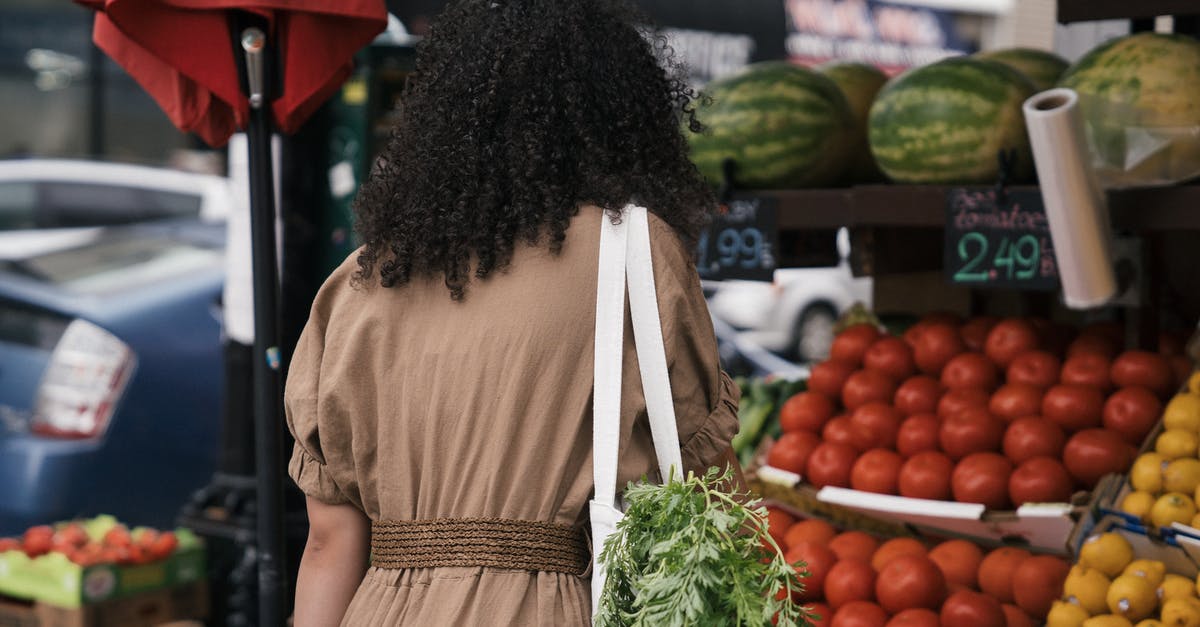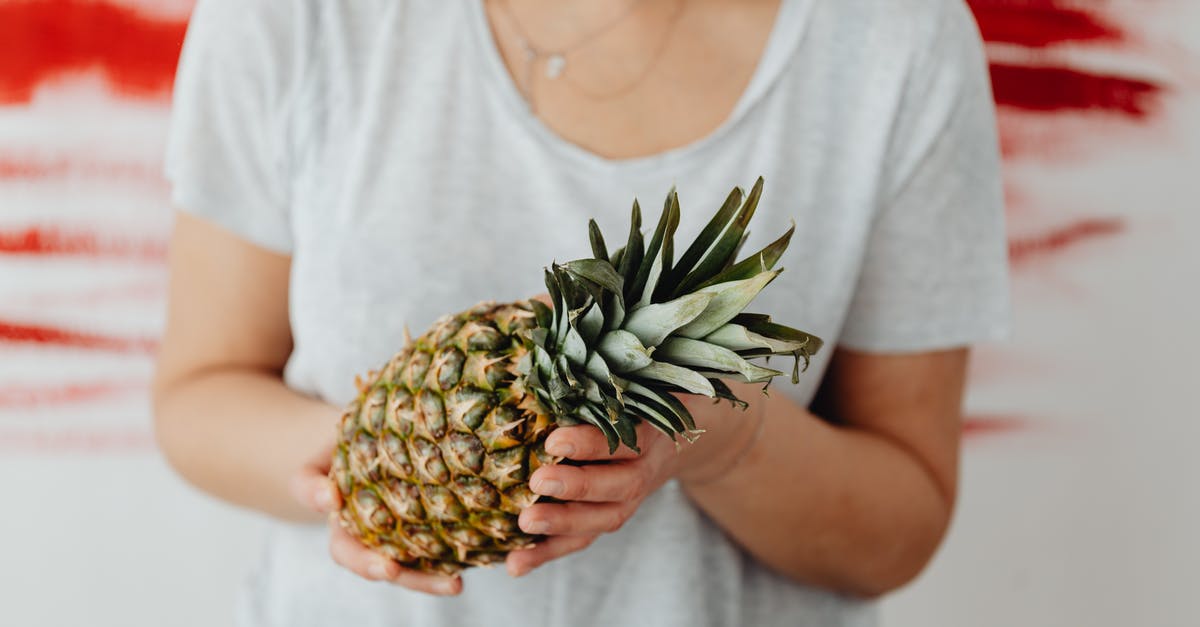How to deal with a fresh hare?

My neighbour has just given me a freshly shot hare, but has been pretty unhelpful as to what I should do with it. Pheasants I can deal with, but this is a step too far.
Any suggestions (apart from get rid of it) on how I can use it? How should I prepare it and what cooking methods will be effective?
Note by the moderators:
This question is not looking for recipe suggestions. It is OK to explain what methods (e.g. slow cooking, grilling, etc.) are generally good for a whole hare not prepared by a professional butcher. Answers about how to prepare it for cooking (e.g. gutting) are also welcome. Recipe suggestions will be deleted, as they are off-topic on our site.
Best Answer
How to deal with a freshly shot hare.
- Immediately it is shot, or as soon as possible thereafter, take hold of the carcase between the rear legs hold the legs downwards and apply pressure with both thumbs between the legs on the bladder to expel any urine onto the ground. This will stop stale urine tainting the meat.
- Do not paunch the hare. Leave the entrails in situ and hang the hare by the hind legs in a cool dry place. Use a perforated metal fly proof game larder if you have one. If not, a cool dry area of a garage will suffice but you will need to inspect the carcase regularly to see that flies nave not laid eggs that have hatched into maggots. Do not worry if it happens, just cut away and discard the affected area when you butcher the carcase. The hare may drip blood from the nose this can be collected by tying a jam jar around the head to hang under the nose.
- According to how gamey you like the meat to taste and the local temperature, ideally 40 – 50°F, hang the carcase for a week to two weeks. After five days sniff it regularly to judge how ripe it is. Fresh hare is tough, the longer it is left the tenderer and tastier it will become.
- Paunch (remove the entrails) and skin the carcase. Remove the head and tail but retain the liver, kidneys and heart to give added flavour to the stew. Joint the carcase into from eight to ten pieces.
- Cook according to any recipe you fancy, There are lots on the web. To my taste the essential ingredients among the many herbs listed are, in order of priority: juniper berries, a hot peppercorn (remove before serving), a glass or more of port, an onion studded with cloves (remove before serving) and other herbs to taste.
The keys to success are hanging the carcase until ripe and gamey and long slow cooking with plenty of herbs. The dish is always nicer if left to cool overnight and then reheated. Bon Appetit!
Pictures about "How to deal with a fresh hare?"



Do you have to hang hare?
Traditionally, hare should be hung undrawn; guts still inside, for seven to ten days to enhance its flavour and to tenderize the meat. However, speaking to several chefs, it appears this can make the meat somewhat overwhelming and so is usually hung with its insides removed.Fresh Hare (1942)
More answers regarding how to deal with a fresh hare?
Answer 2
I've never worked with wild hare, but I know that Hank Shaw's site, http://honest-food.net, is a good source for game recipes, and instructions on breaking them down. Here is a good starting point for hare:
http://honest-food.net/wild-game/rabbit-hare-squirrel-recipes/
Answer 3
I'll assume it is skinned and cleaned already. I would discard the organs and make a stew with it. Chop it into pieces (bigger than bite-size is fine--you don't really want bone fragments) and simmer it in broth on low heat until tender. Probably the meat will be rather tough, so this cooking method will do well to make keep it moist and as tender as possible. Typical European stew vegetables (onion, carrot, etc.) will go well with it. If you want to fancy it up a little, you could toss the hare pieces in flour and brown them in butter before adding to the stew.
Answer 4
Nonsense a freshly shot hare should be hung for up to 10 days at a temperature below 10degees celcius. The head should always hang down in other words the hare should be hung up by its back legs. The animal should NOT be paunched {cleaned and gutted or skinned until you are going to cook it. I KNOW I come from an old traditional knowledgable farming family.
Answer 5
From New Zealand...
I NEVER hang hares and I ALWAYS remove the stomach, intestines, bladder, pretty well right away after the hare is shot and I head shoot or neck shoot my hares.
Simple recipe. In the evening, in a bowl place the meat (know your meat, i.e. back steaks, rump, hind leg, etc). You don't need to add salt. You can use Garlic & Herb Salt. Always sprinke pepper. Mix. Add thyme and sage - not too much. You can also use cut up rosemary leaves which is really good to do. Mix. If you like you can pour over 1/2 Tablespoon of Rich Ruby Port. Mix. Cover with saucer plate and leave overnight in fridge. Before cooking add chilli flakes - not too much - if you are me. Fry on middle heat. You don't have to cook all the meat as you take what you want and put the rest back in the refridgerator to age. Tenderness depends on how you shot your hare! And also the age of your hare.
Vegetables go in first before the hare meat.
Potatoes or cut up kumara go in first and meat doesn't go in until those are browned both sides (seasoned with pepper or tumeric or cumin). Some red chilli slices and red capsicum slices go in when one side of potatoes or kumara browned. Use olive oil and that burns off (vapourises) eventually or use Avocado Oil (nice). Cut a tomato or two in halves and salt & pepper the halves and these go in when the meat is half cooked. Use a lid over the pan! The pan stops the hare meat drying out and the tomatoes add water which turns to steam to help moisturise and tenderise the meat!
Drink with whatever you want.
Hare for me is up there with Wildebeest and Thompson's Gazelle as my most favourite red meat or bascially my most favourite mammal meat. No wonder Cheetahs hunt them down.
Answer 6
If you have a copy of The Joy of Cooking, it has a semi-decent overview of skinning/cleaning a rabbit, with illustrations.
Sources: Stack Exchange - This article follows the attribution requirements of Stack Exchange and is licensed under CC BY-SA 3.0.
Images: Andrea Piacquadio, Mike Jones, Karolina Grabowska, Andrea Piacquadio
